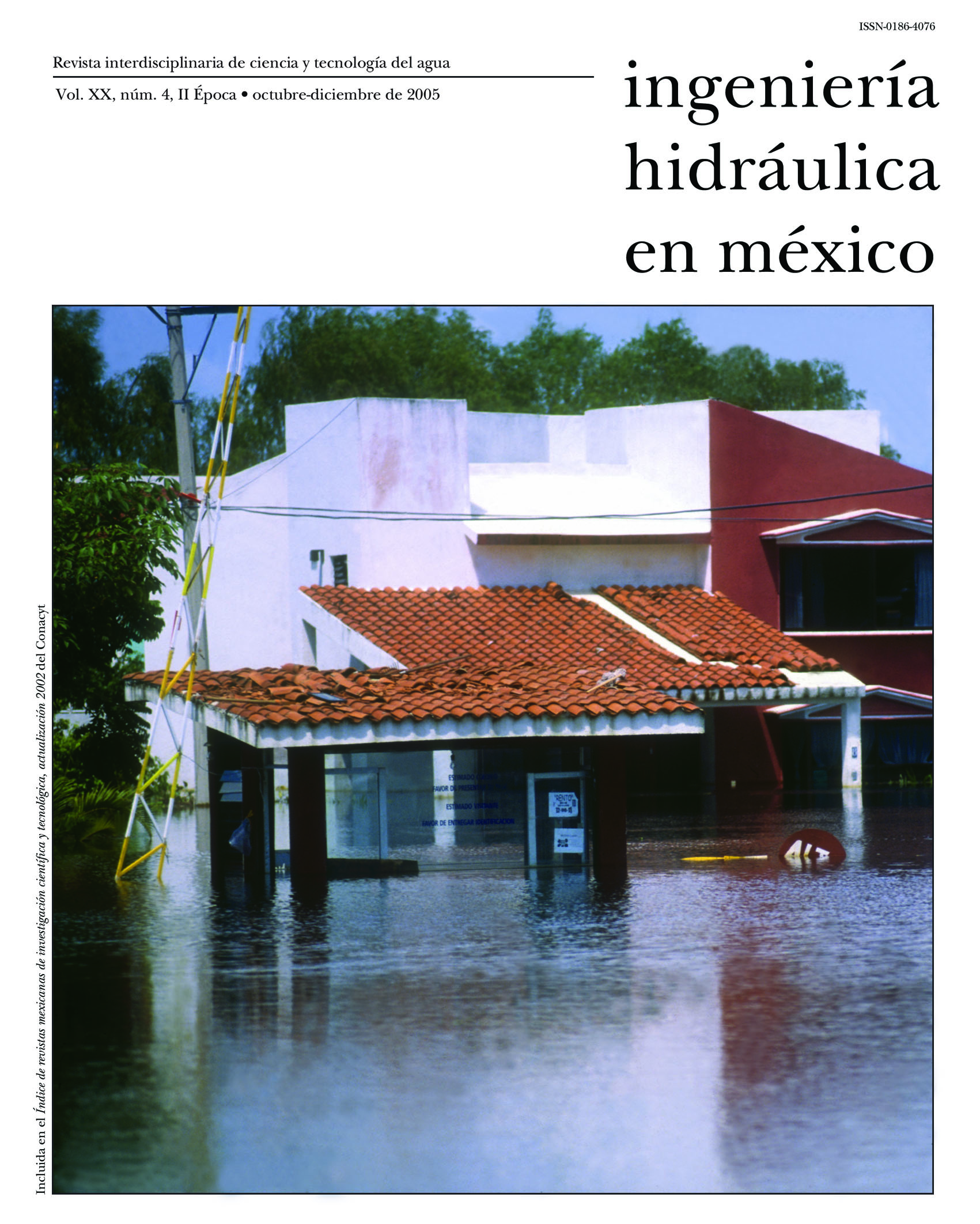Prediction of tsunami-induced flood on the Mexican Pacific coast
Keywords:
Tsunami, coseismic movement, Mexico, Boussinesq, generation, propagation, flood, run upAbstract
An integrated model for the study of the origin and propagation of earthquake-generated tsunamis, including the prediction of inundation of the coastal zone, is presented. In accordance with work presented by Watts et al (2003), Okada’s (1985) formulation for modelling the initial tsunami’s shape is used, which is a function of the characteristic seismic parameters such as magnitude, orientation, fault size and movement. This initial condition is coupled with a Boussinesq wave propagation model that has been successfully validated against experimental data. The highly non-linear Boussinesq-type equations used are those introduced by Wei et al. (1995), with the run up formulation according to Kennedy et al. (2000). The proposed methodology was applied to analyses of the tsunamis of September 19th, 1985 and October 9th, 1995, which were generated within national waters and reached the Mexican coast. Agreement between the real flood data and the model results is satisfactory.
Downloads
Published
How to Cite
Issue
Section
License
By Instituto Mexicano de Tecnología del Agua is distributed under a Creative Commons Attribution-NonCommercial-ShareAlike 4.0 International License. Based on a work at https://www.revistatyca.org.mx/. Permissions beyond what is covered by this license can be found in Editorial Policy.









